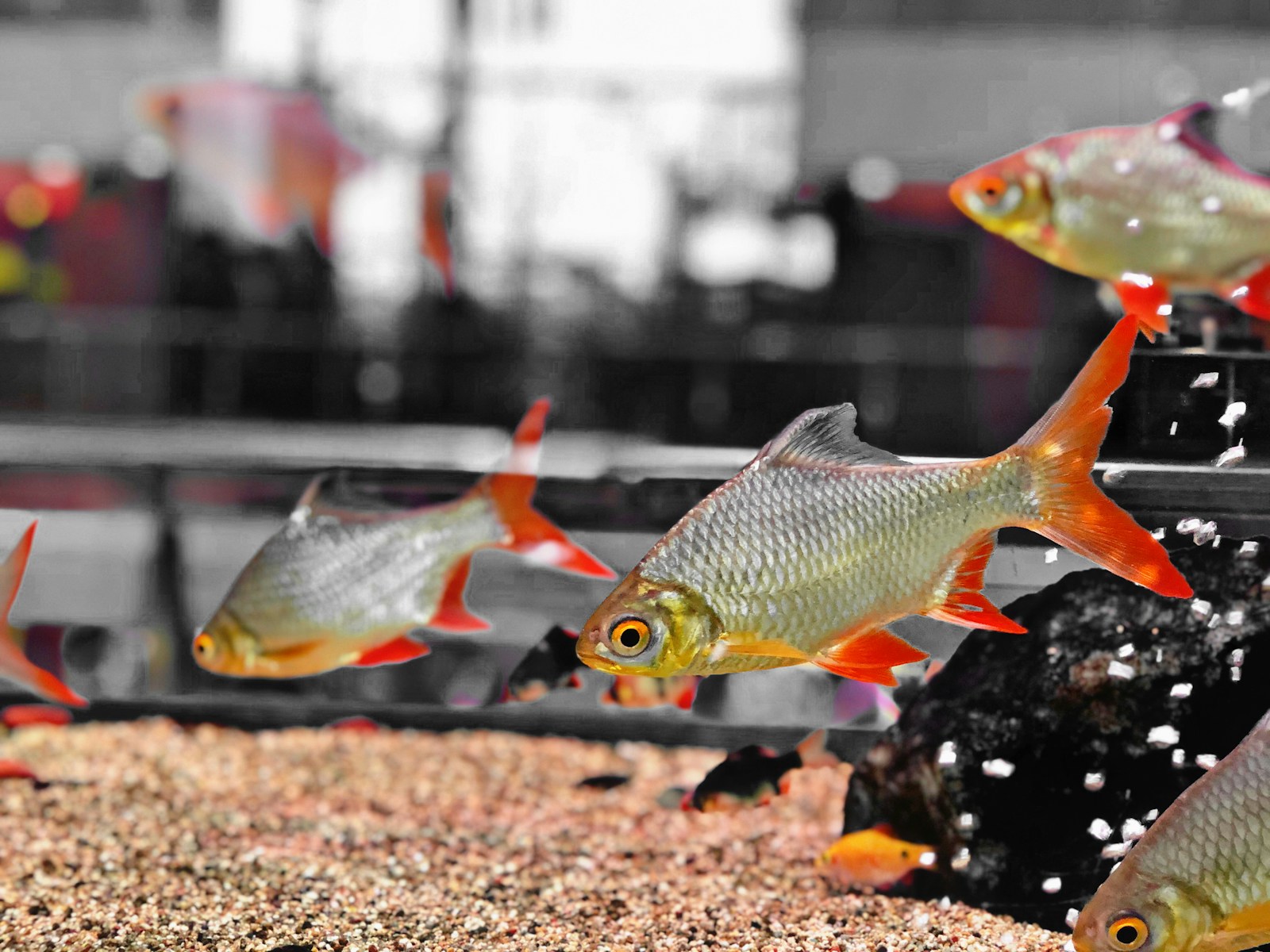Factors Influencing the Frequency of Water Changes in Your Aquascape
The frequency of water changes in an aquascape depends on several factors, including the size of the aquarium, the number and type of plants and animals, the filtration system in place, and the overall water quality. Understanding these factors will help you determine how often you should change the water in your aquascape.
Aquarium Size: The size of your aquarium plays a crucial role in determining the frequency of water changes. Smaller aquariums tend to accumulate waste and excess nutrients more quickly, requiring more frequent water changes. On the other hand, larger aquariums have a higher water volume, which can dilute waste and nutrients, allowing for less frequent water changes.
Plant and Animal Load: The number and type of plants and animals in your aquascape also affect the frequency of water changes. Aquatic plants help to absorb excess nutrients, reducing the need for frequent water changes. However, if your aquascape has a high density of plants or fast-growing species, they may require more nutrients and generate more waste, necessitating more frequent water changes. Similarly, the number and size of fish, invertebrates, or other animals in your aquascape will impact waste production and nutrient levels, influencing the frequency of water changes.
Filtration System: The efficiency of your filtration system is another important factor to consider. A well-maintained and properly sized filtration system can help remove waste, excess nutrients, and harmful chemicals, reducing the need for frequent water changes. However, if your filtration system is inadequate or not functioning optimally, more frequent water changes may be necessary to maintain water quality.
Water Quality: Regular monitoring of water parameters such as ammonia, nitrite, nitrate, pH, and temperature is essential in determining the frequency of water changes. If any of these parameters are outside the recommended range for your aquascape’s inhabitants, more frequent water changes may be required to restore and maintain optimal water quality.
General Guidelines: While the frequency of water changes will vary depending on the factors mentioned above, there are some general guidelines you can follow. For most aquascapes, a weekly water change of 10-20% is recommended. This helps to remove accumulated waste, replenish essential nutrients, and maintain stable water conditions. However, it’s essential to monitor water parameters and adjust the frequency and volume of water changes as needed to ensure the health and well-being of your aquascape.
Maintenance Routine
The regular maintenance routine you follow for your aquascape can also affect the frequency of water changes. A consistent and thorough maintenance routine, including regular cleaning of the tank, filter, and substrate, can help minimize the need for frequent water changes. By removing debris and waste from the tank regularly, you can prevent the accumulation of harmful substances and maintain better water quality. Additionally, proper maintenance can also help promote the growth of beneficial bacteria in the aquarium, which can aid in maintaining a stable and healthy ecosystem.
Water Source
The quality of the water source you use for your aquascape can also impact the frequency of water changes. If you use tap water, it may contain chlorine or other chemicals that are harmful to aquatic life. In such cases, you may need to treat the water with a dechlorinator or use a water conditioner before adding it to the tank. Alternatively, if you use filtered or purified water, it may already have a lower concentration of impurities, reducing the need for frequent water changes. Understanding the quality of your water source and taking the necessary steps to ensure its suitability for your aquascape can help determine the frequency of water changes.
General Guidelines for Water Changes
While the frequency of water changes can vary depending on the factors mentioned above, here are some general guidelines to help you determine how often you should change the water in your aquascape:
1. Weekly Water Changes
For most aquascapes, a weekly water change of around 10-20% is recommended. This helps to maintain stable water parameters and remove accumulated waste and excess nutrients. Regular water changes also promote healthy plant growth and prevent the buildup of harmful substances. However, if you have a heavily stocked aquascape or are experiencing water quality issues, more frequent water changes may be necessary.
2. Monitor Water Parameters
Regularly testing the water parameters in your aquascape is crucial for determining the need for a water change. Use reliable test kits to measure parameters such as pH, ammonia, nitrate, and nitrite levels. If any of these parameters are outside the acceptable range for your aquatic plants and animals, it is a good indication that a water change is required. Adjust the frequency of water changes based on the test results and the specific needs of your aquascape.
3. Observe Livestock and Plants
Pay attention to the behavior and appearance of your aquatic plants and animals. Unhealthy or stressed fish, excessive algae growth, and deteriorating plant health can be signs of poor water quality. If you notice any of these issues, consider increasing the frequency of your water changes to improve the overall health and well-being of your aquascape.
4. Maintain a Routine
Establishing a regular water change routine is essential for the long-term success of your aquascape. Consistency is key, as sudden and drastic changes in water parameters can cause stress to your aquatic plants and animals. Whether you choose to perform water changes weekly, bi-weekly, or monthly, stick to your schedule and make it a part of your regular maintenance routine.
In addition to the guidelines mentioned above, it is important to consider the size of your aquascape when determining the frequency of water changes. Larger aquascapes generally require less frequent water changes compared to smaller ones. This is because larger volumes of water can dilute waste and maintain stable water parameters more effectively.
Another factor to consider is the type of filtration system you have in place. A well-functioning filtration system can help remove impurities and maintain water quality, reducing the need for frequent water changes. However, it is still important to monitor the water parameters regularly and perform water changes as needed, even with a reliable filtration system.
Furthermore, the type of aquatic plants and animals in your aquascape can also influence the frequency of water changes. Some plants and animals have specific requirements and may require more frequent water changes to thrive. Research the specific needs of your aquatic inhabitants and adjust your water change schedule accordingly.
Lastly, it is worth mentioning that water changes should not be the only method of maintaining water quality in your aquascape. Regular maintenance tasks such as removing debris, trimming plants, and cleaning the aquarium glass can also contribute to a healthy and balanced ecosystem. By combining these efforts with regular water changes, you can create an optimal environment for your aquatic plants and animals to thrive.

